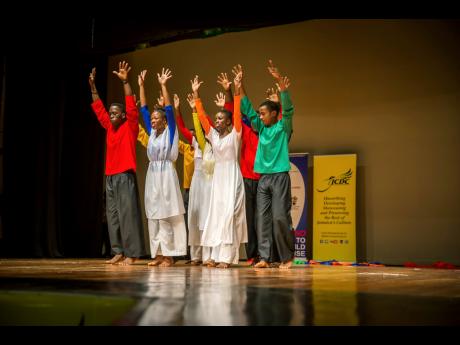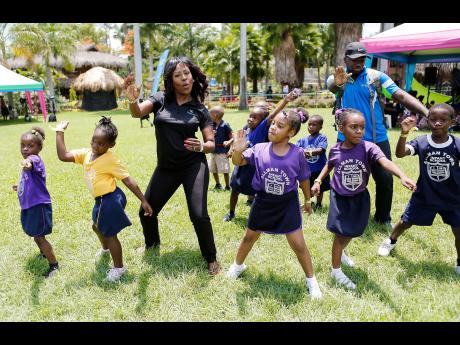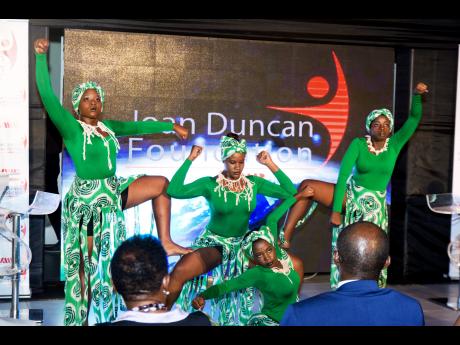For the Reckord | An absence of 'dance'
A Ministry of Education, Youth and Information (MOEYI) document on the new national curriculum, which comes on stream in September, refers on almost every page to the importance of our heritage and culture. However, the word "dance" does not appear. The visual and performing arts are mentioned, the latter identified as music and drama only, when it is dance which completes the trio.
The document states that "the curriculum has to prepare young people not just for today, but for the changing life ahead .... In a rapidly changing world it is all the more important that young people should be rooted in their own country and culture. They should learn to play an active and responsible role as citizens and should value their heritage and culture."
Training the trainers
Over the last few months the document was used extensively by the MOEYI in workshops for "trainers of trainers". One of them is Kenny Salmon, head of Excelsior Community College's School of the Performing Arts (SOPA) and one of the specialists concerned with the new civics programme. He told me it focuses on educating students who see themselves as important to national development.
"The performing arts are the drivers of the new curriculum. They will be integrated into all the subject areas at the primary level and used as part of the teaching methodology for the different subjects," Salmon said.
Salmon said why "dance" is not in the curriculum booklet. It is subsumed under physical education.
His explanation brought to mind a recent SOPA workshop presentation by School of Dance, Edna Manley College of the Visual and Performing Arts, senior lecturer Neila Ebanks. She asserted that "as soon as we take dance from underneath physical education and give it what it needs to thrive we will have a different set of people, because we'll understand our bodies in relation to each other. It's gonna change people."
She also said the Caribbean Examinations Council (CXC) is "helping to create the Caribbean person."
Ebanks' talk was on the Caribbean Advanced Proficiency Examinations (CAPE) Dance syllabus, one of CAPE's Performing Arts options in Unit 2. The first unit, Business for the Creative Arts, has three modules, Business Feasibility, Business Development and Planning and Project Planning for the Arts. Unit 2, which is Theory, Practice and Innovation, comprises the Cinematic Arts, Drama and Music as well as Dance.
Ebanks spoke in detail about the three dance modules, History and the Dancing Body, Technique and Performance Skills and Choreography and Performance. She described the first as "a historical and geographical survey to understand how dance is important to Caribbean peoples, how dance tells us who we are and have been over the years and how dance reflects our history and ever-changing culture."
However, Ebanks said, writers of the Dance option (and she is both writer and an examiner) did not want to locate the syllabus in the past. "It's in the present and the possible future. We ask the student 'what are you doing in dance?' For you are the future, not the teachers," Ebanks emphasised.
For the third module students have to spend time with their bodies, learning anatomical information (including the correct names for body parts).
The two-year programme was not meant to be done in isolation. "If you have a school with a business department and dance department, they can collaborate (in Unit 1) over the two years," she said.
The CAPE Performing Arts option became available in May last year.






